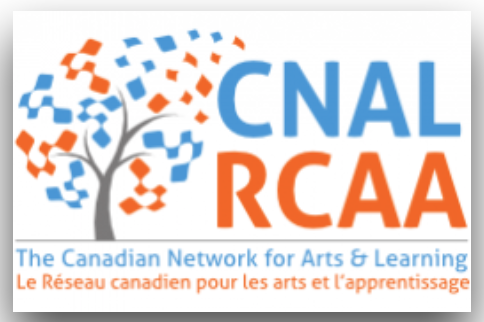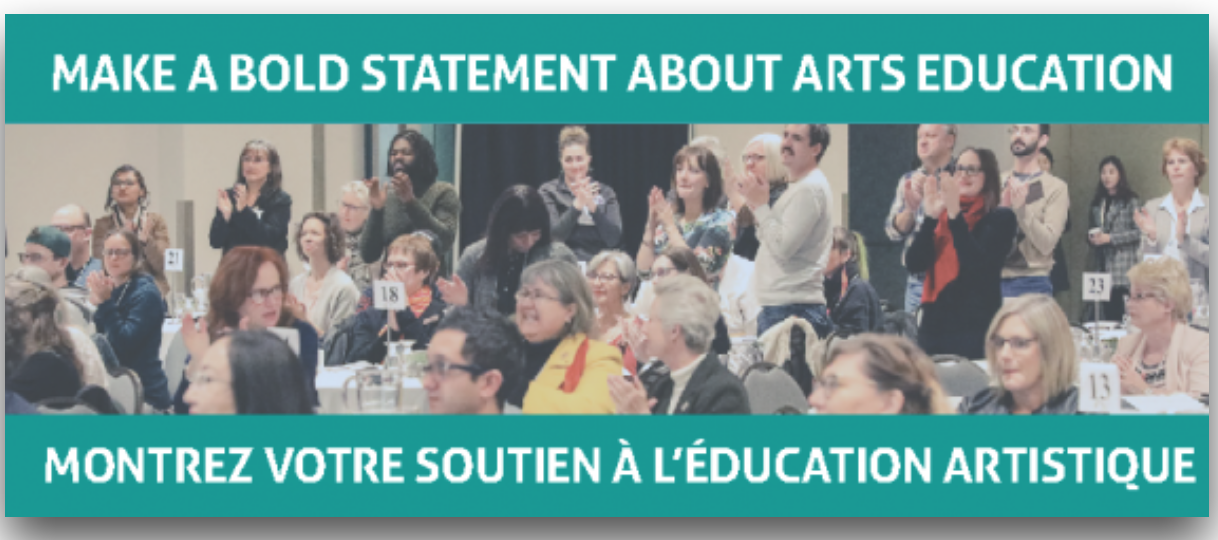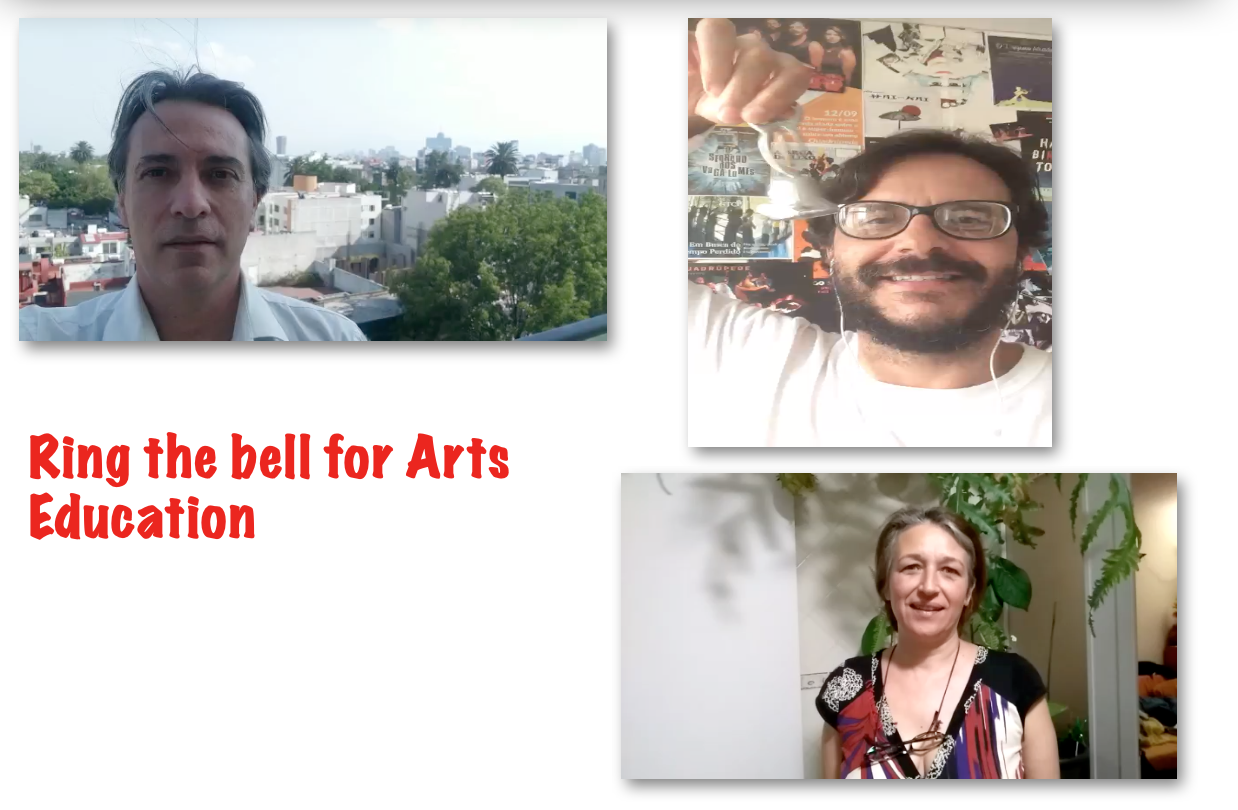In the last week I have presented a keynote for the newly established Drama and Theatre Education Alliance (https://dtealliance.wixsite.com/dtea) in the United Kingdom.
On July 15 the Alliance staged the Big Drama and Theatre Education Debate: Getting our act together. I have re-recorded my keynote and share it.
Looking beyond the Flood
Big Drama and Theatre Education Debate: Getting our act together
July 15 2020
Robin Pascoe,
President IDEA International Drama/Theatre and Education Association, Honorary Fellow, Murdoch University.
Thank you for the opportunity to talk with you today and warmest wishes from the wider IDEA community to all in Drama, Theatre and Education.
I have lost track of the times we are told that we live in “an age of innovative disruption” (see, for example, Bower & Christensen, 1995). The Coronavirus COVID-19 Pandemic amplifies disruption in politics, technology, society, education in schools and universities. Our current moment of disruption presents both threats and opportunities. It also highlights fissures and divisions of the past. It calls for healing and looking beyond the flood.
You may have seen my recent post about the situation in Greece where the Ministry of Education announced the weekly program for upper secondary education for the new school year 2020-2021 and has eliminated the arts completely (http://www.stagepage.com.au/blog). There are threats in the ways that people are responding to the current Pandemic.
Each of us sees our realities through our autobiographies. In the world of drama and theatre education there are good news stories and sad news stories. In some places of the world, like Iceland and Taiwan, drama is embedded in the primary school. In Finland, despite a concerted long-term campaign by FIDEA, the Finnish association, drama has yet to be included in the curriculum. In my role in IDEA I see encouraging signs of remarkable growth in drama education happening in China and Turkey alongside contraction and denial elsewhere in the world. The promise of the Seoul Agenda on Arts Education (UNESCO, 2010), that was endorsed by all UNESCO members, has yet to be realised as an entitlement. The situation addressed in your Manifesto ("Drama, Theatre and Young People's Manifesto," 2020) highlights a local perspective with global implications.
It’s worth mentioning a little about the situation in Australia.
Australia does have the Australian Curriculum: The Arts (ACARA, 2014). Drama Australia (https://dramaaustralia.org.au/0 ) has provided a unified voice for drama education. The National Advocates for Arts Education NAAE (https://naae.org.au) thrives as a network of peak national professional arts and arts education associations who represent arts educators across Australia.
But … there’s always a but, isn’t there!
Implementation of the Australian Curriculum is, constitutionally, vested in the States and Territories. In my own state of Western Australia the decision has been made to “adopt and adapt” the national document. Similarly, other states have made local interpretations of the mandate. The scope of the promised entitlement is narrowed or changed.
There is also the underlying question of implementation. Writing an Arts and Drama curriculum is one thing (Don’t forget this is not the first go we have had at doing this in Australia (2007; 1994)), successfully implementing that curriculum for every Australian student is a challenge. As the evidence of two national reviews of arts education undertaken a relatively long time ago now (2008; 2005), what happens in schools may not reflect the written curriculum. Having the Australian Curriculum: The Arts published is only valuable when we can confidently say that all Australian students have a delivered arts curriculum that includes drama.
There is in Australia also evidence of contraction in drama teacher education across Australian universities that are reeling as they re-invent themselves in the current pandemic (though the writing has been on the wall of the rise of managerialist leadership and political interference (Hellyer & Jennings, May 28 2020). The decisions made in my own university to de-couple Arts and Drama and Education by locating them in different colleges is a sign of the times. The decision to double the cost of Arts degrees, made recently by the Australian Government (19 June 2020), further erodes the position of drama education.
Returning to an international perspective, it is useful to consider some of the possible reasons why as a drama education community we have reached this point.
Why is drama education sometimes still considered extracurricular?
Why is drama in schools sometimes considered suspect?
Why isn’t our vision for drama and arts education widely shared?
Perhaps we need to look back at or collective histories and speculate.
In the minds of many, drama education is aligned with “progressive education” (see, for example, Dewey, 1938 and many others). The tenor of the times when drama education began to flourish it was alongside embodied commitment to greater informality in classrooms and relationships between teachers and students; broader curriculum; practical activities; flexibility of teaching procedures; diversity; focus on individual child and a balance of academic and social and emotional learning. There was also strong commitment to critical and socially-engaged teaching and learning. These notions challenge a politicised educational climate
The opposition to including drama in the school curriculum entitlement is often based on assumptions and prejudices and even misconceptions. It is always useful to identify some of the misconceptions about our field and to question the fear and loathing that drives some political curriculum choices.
Eggen and Kauchak (2013) observe, “misconceptions are constructed; they’re constructed because they make sense to the people who construct them; and they are often consistent with people’s prior knowledge or experiences” (p. 195). Pointing out a misconception, simply labelling it as “wrong” or “flawed thinking”, is of limited use. People who change their thinking and practice need:
viable, alternative experiences that disrupt their mis-conceptualised understandings
to see how that changed understanding is useful in the real world
to see how applying their revised thinking to new situation actually produces desired results
to have their revised world view valued and endorsed by peers and the school community
to see that students are learning differently, with higher levels of approval and satisfaction and with better outcomes or results
to see that parents and the community support what is different.
How are we, as a community of practice, challenging misconceptions?
I remind us all that our greatest asset is our art form as a change agent. With that in mind I invite you to imagine an unfolding process drama from a new pre-text Littlelight by Kelly Canby (2020).
In the grey old town of Littlelight, a “big beautiful wall” surrounded the town. The wall was thick and all encompassing and the Mayor was strong .But one day a brick was missing in the wall. And no one noticed at first, but little by little, brick by brick, gaps appeared in the wall. And there were streaks of neon light fingering their way into the town. Who could be stealthily breaching the wall?
What happens when the walls that are built are breached?
You can continue the metaphors of this process drama in your imaginations.
Imagine how powerful our process drama could be in bringing about change.
What we need is to navigate our way through these disruptive times keeping our drama compass tracking true.
I began by invoking an image of the Flood. and return to it conclude.
Jackson Browne sang in Before the Deluge (1995) of a world of dreamers and fools “in the troubled years that came before the deluge”. But he also sang of a time beyond the flood:
Let the music keep our spirits high
Let the buildings keep our children dry
Let creation reveal its secrets by and by, by and by
When the light that's lost within us reaches the sky
We need to keep our eyes beyond the horizon, beyond the flood.
Thank you.



















